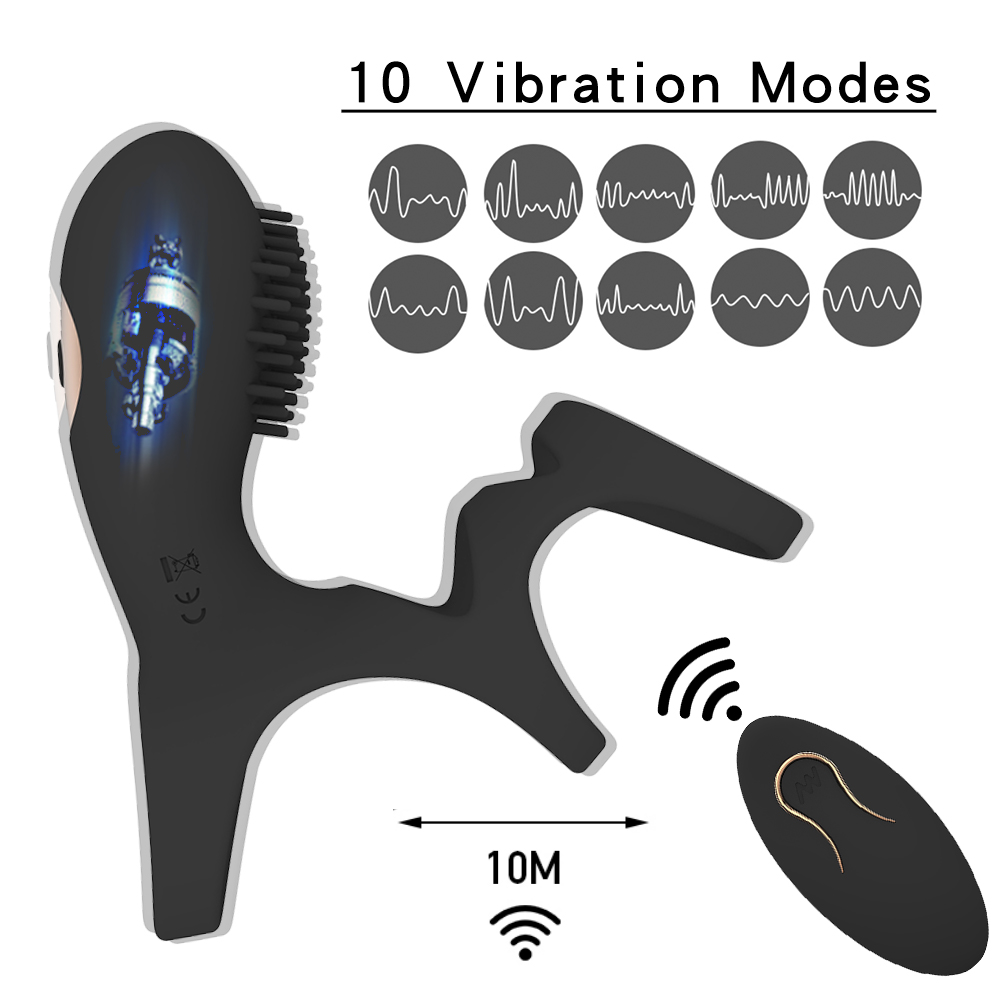News
The Electric Chastity Cage: The Cybernetic Governance of Desire
In an era where technological rationality permeates every facet of society, even the most intimate desires have been incorporated into the domain of intelligent management. The electric chastity cage—a desire-regulating device combining micro-motors, biosensors, and remote-control technology—signals the advent of a new digital phase in the governance of the human body. No longer a passive metal restraint, it has evolved into a real-time feedback system for modulating desire, pushing Foucault’s concept of "biopower" to its extreme: power no longer merely disciplines the flesh but now intervenes algorithmically in the primal mechanisms of neural arousal. 

The technological evolution of the electric chastity cage reveals a cybernetic turn in contemporary control mechanisms. Traditional physical restraints relied on the user’s voluntary compliance, while the smart version employs heart rate sensors, galvanic skin response modules, and cloud-based data analytics to achieve preemptive suppression of desire. When the system detects abnormal spikes in adrenaline levels, the ring automatically constricts to a preset pressure, eliminating the temporal gap between erotic impulse and rational restraint through AI-driven intervention. The fluctuating data curves on the user’s smartphone app transform Plato’s allegory of the "chariot of the soul" into quantifiable physiological metrics, rendering the body a fully cybernetic object of surveillance.
This technological apparatus has given rise to a new topology of power. Remote control functionality allows third parties to assume device permissions via encrypted networks, fundamentally restructuring the spatial and temporal boundaries of physical intimacy. Within BDSM subcultures, dominants can regulate a submissive’s bodily state across time zones, while corporate versions of the system have even been integrated into employee wellness programs under the guise of "enhancing focus." Ironically, users often describe this techno-dependency as an exercise of "free choice," oblivious to the fact that algorithms have already pre-programmed their desire pathways through recommendation systems—so-called free will is but an illusion under computational dominance. 

Ultimately, the electric chastity cage lays bare the cruel dialectic of technological utopianism: as humans use smart hardware to decode the biological cipher of desire, they permanently forfeit its natural state. The blinking LED indicators and Bluetooth pairing tones constitute a distinct form of ontological anxiety in the posthuman era—within these data streams, are we liberated subjects or merely precision-tuned desire machines? The faint hum of this micro-device, pulsing at 48 decibels, reverberates as a modern interrogation of the age-old question of free will.






